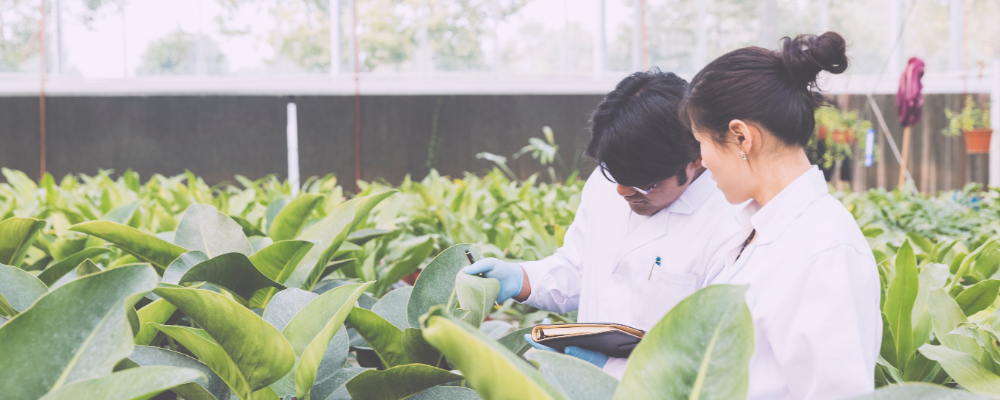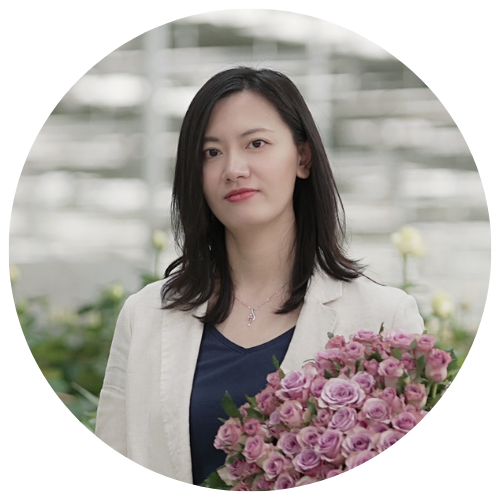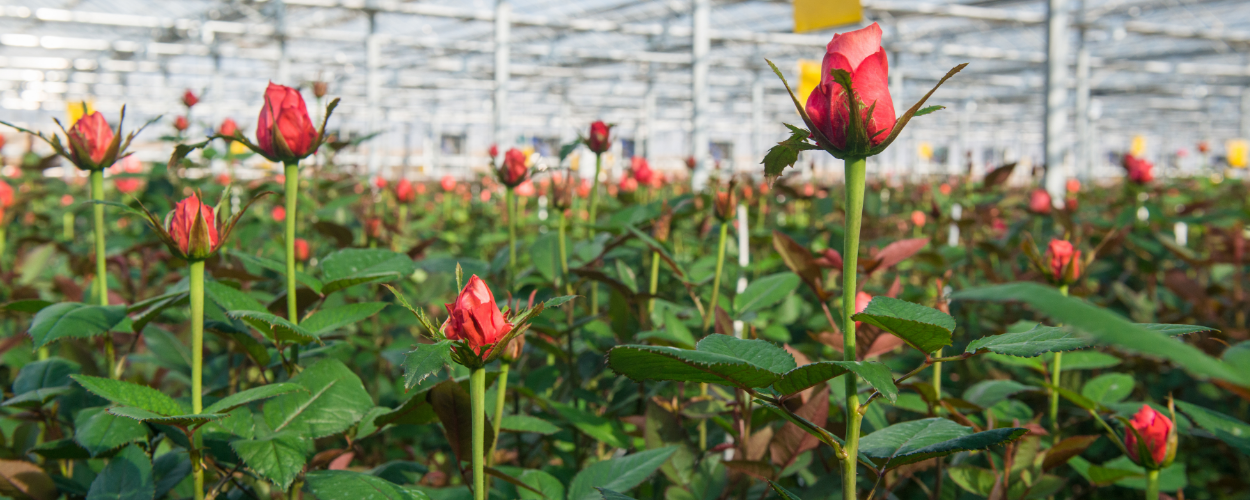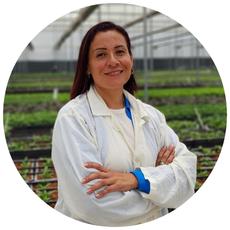
Once in a century heatwave forces Eastern Chinese growers to review shade strategy

Growers with greenhouse equipment from 10-20 years ago, and even growers with the latest high-tech Dutch semi-closed greenhouses, are having to rethink after this August in Eastern China.
My colleague Zoe and I set out to visit one grower just as a once-in-a-century heatwave was ramping up on 1 August.
This was a grower with a good standard of equipment, though they’d agree it was in need of replacement. Their Svensson triple-screen set-up is more than ten years old and the climate computer was not capable of much in the way of automation.
We drove from the Svensson office for two hours and as we arrived at lunch time the car was telling us temperatures had hit 38 °C.
In Eastern China, spending time in a greenhouse is often not a bad option during a hot spell. There is active cooling in many greenhouses, and this grower had pad and fan cooling as well as mechanical cooling operating.
The temperature in the house was 32 °C. But the scene inside the 2.6 hectare site put me slightly on edge. I always want a grower to have the best solution available, but of course growing has to continue even when things aren’t ideal.
The small plants were already experiencing leaf burn, and the cost of operating the active cooling was clearly a worry for the growers.
At this point, none of us knew that the heat was here to stay. According to the China Meteorological Administration, Shanghai temperatures remained above 36 °C with basically no rain for the entire month of August.
Typically, Shanghai has seen August temperatures in the low thirties in August over the last twenty years. What eventually happened in August set new records of temperature and dryness going back to the 1870s when records began to be kept.
Like almost all growers here, the team at the greenhouse were hoping we had some good ideas to help them right there and then.
Shanghai temperatures remained above 36 deg C with
basically no rain for the entire month of August
Exterior shade was in place, which was helpful. A Solaro 7420 screen, providing 70% shade was in position all day long.
But beneath that was a double-screen configuration which might have been designed with the Shanghai winter in mind, rather than what is now exercising minds here – how to avoid the extreme costs of cooling during the record-breaking summer heat in a globally warming world.
I took PAR light measurements during the visit. The young plants need about 100 micromoles/m²/s of PAR light, and this is relatively little. This low light requirement, I realized, would be our ally in assisting the crop survive the month.

By taking PAR light measurements I realized that the low light requirements of the young plants
gave us the flexibility to close screens and thereby improve the effeciveness of the pad and fan system
which is visible to left and right of the picture
Beneath the exterior shading, an energy screen and a Tempa screen were deployed, but these were not closed during the day. And the entire set-up had been installed before growers in this region had become familiar with the importance of diffuse screens.
The result in this house was visible stripes of light on the floor and across the growing trays. It was causing uneven growing, which is never good, and burn on the leaf tips of some of the exposed plants.
By knowing exactly how much light the plants were getting, and their precise requirements, we were able to suggest some changes that would help a grower in a difficult position.
Our recommendation after the visit was to fully close all the screens during the day. Here the benefit is better performance and operation of their pad and fan system. The gaps were causing cool air to lose speed. Also much of the air that had been cooled was being vented into the roof area.
Our next visit was a 4-hectare semi-closed greenhouse. It has a level of equipment many growers dream of. Still in the later stages of commissioning, the site had no active cooling in operation and no transpiring plants to cool the interior either. The temperature was 40 °C.
Even at this site, with the latest equipment available, the growers were concerned. They’ve built their greenhouse for year-round operation, but with these kind of temperatures, how do you justify the cost of cooling a semi-closed greenhouse during summer months when margins are traditionally low for tomato growers.
Here I think Svensson’s Swedish head office, with its research and development team, has been an advantage to Svensson.
On my frequent trips to Sweden, I’ve noticed how people are very concerned about climate change and there have always been projects in development with extreme temperatures and climate resilience in mind.
One of these is PARperfect Cooling. It’s really an ideal way of dealing with the current high temperatures, and we’ve had so much interest from growers in China.
 I think it’s likely we might see things having to go even further. Chinese growers have been innovative with exterior shading. I think even these high-tech greenhouses, which currently tend not to employ exterior shading, could benefit from exterior shading.
I think it’s likely we might see things having to go even further. Chinese growers have been innovative with exterior shading. I think even these high-tech greenhouses, which currently tend not to employ exterior shading, could benefit from exterior shading.
Whatever the best solution to heatwave resilience turns out to be, it’s clear that these are new times for warmzone growers and there’s going to need to be new thinking in response.
I think that in years to come we will see more of this kind
of exterior shading on even high-tech greenhouses of the
semi-closed design.
Related articles

When every petal has to shine on a single (Mothers) day
Colombia successfully delivers another Mother's Day harvest Were you involved in the huge effort to get flowers to mothers all over the Americas this..

Year in review: What was up for warmzones growers around the globe in 2025?
It sometimes feels like a few millimeters of glass or plastic is all that separates order and chaos. For Warmzone Growers, it’s a thin line between a..
